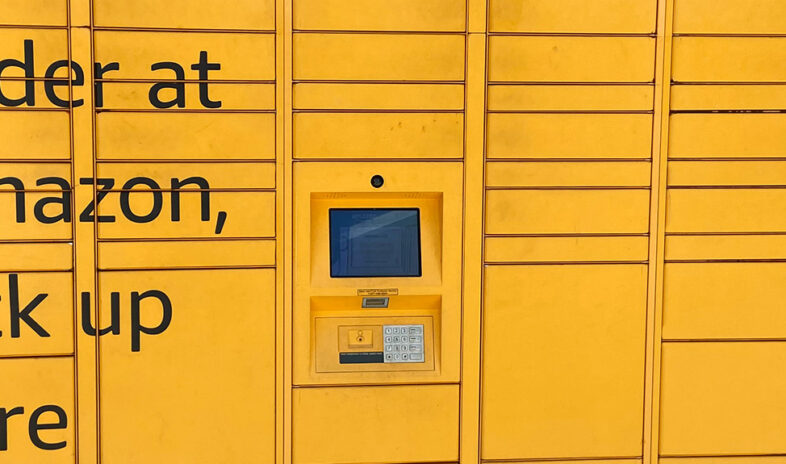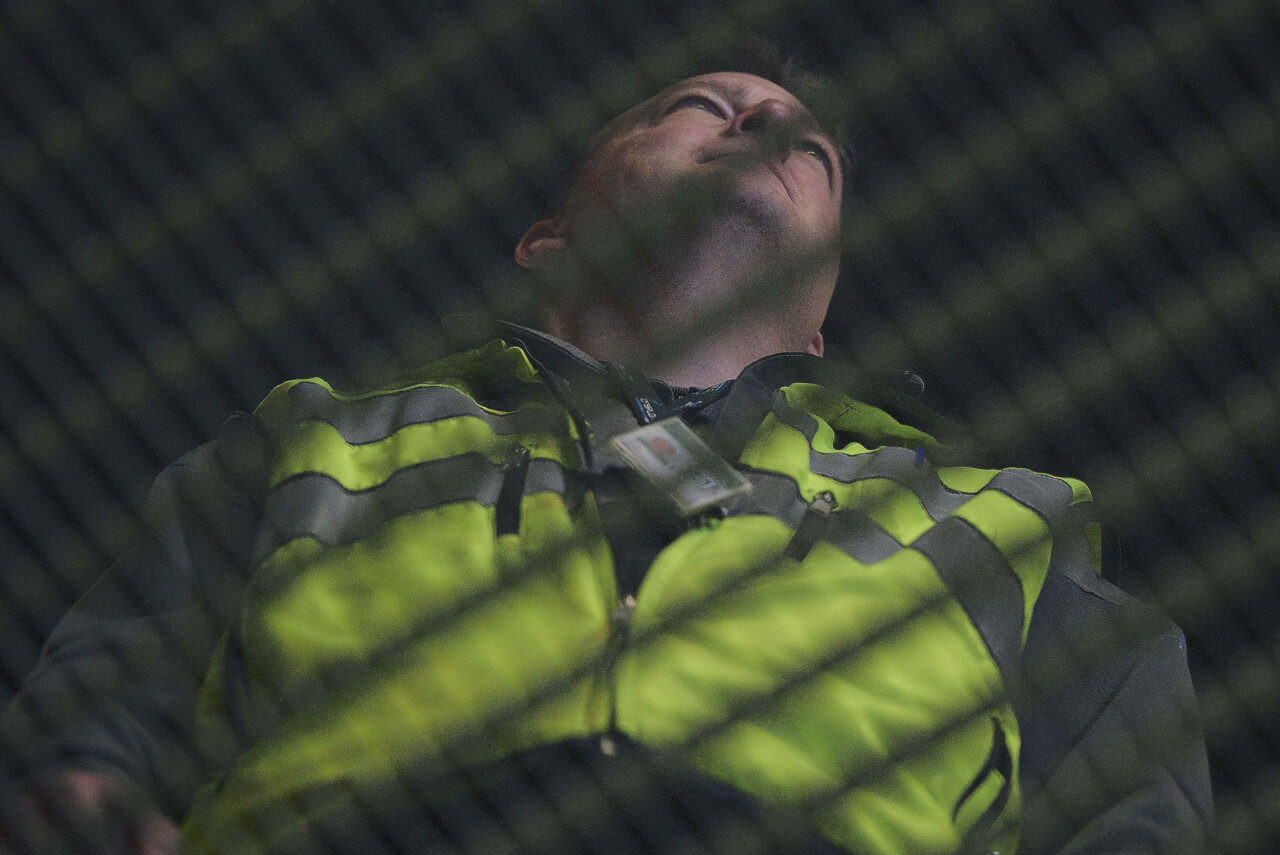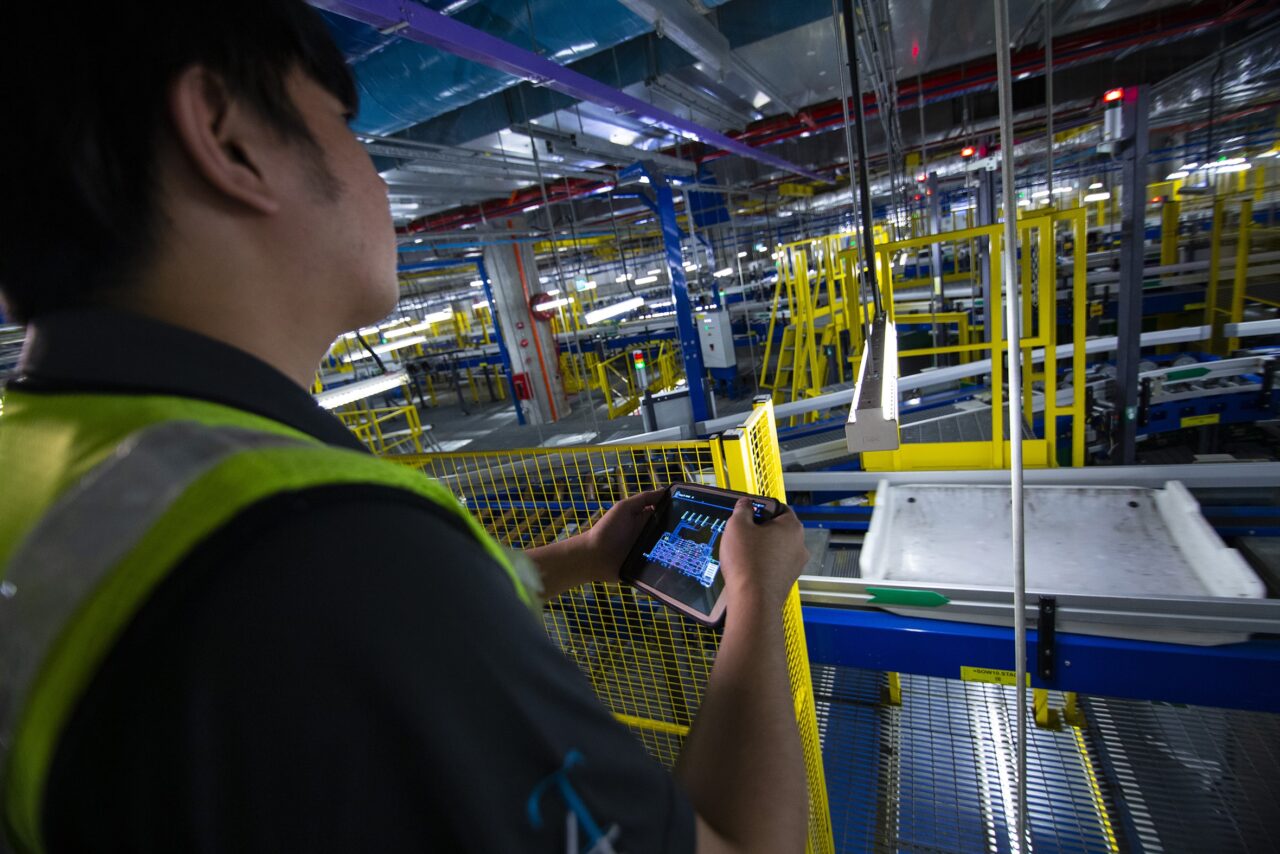Cost-effective
Externally-operated residential services solutions have often proven to be more cost-effective than ‘own’ O&M departments within airport BHS operations.
The needs of each airport at any given time are not always the same. An external residential service is able to provide just the right amount of service the airport needs during peak seasons and departure slots, without over-servicing it.
Given its expertise, a residential services team is also able to smoothly handle a rising demand on capacity at no extra cost. When Changi Airport experienced a marked daily increase in bags, for example, its external O&M team was able to reliably deliver and perform using the same number of personnel as it had at the start of the services contract.
Some residential services teams are delivering solutions that can be operated with a minimal, onsite team, which is also very cost-effective.
A working partnership based on trust
The best form of a BHS residential services solution is a partnership based on trust and transparency. Working in full cooperation with a dedicated team that knows the ins and outs of its business can help the BHS operator succeed in meeting passenger demand for accurate and safe baggage delivery.
A true partnership involves more than just performance of the O&M contract and fulfilling KPIs. An effective O&M solution provider takes ownership and makes clear to the BHS operator on a daily basis that the O&M team is delivering the best service possible to ensure it can meet passenger expectations. Reporting and transparency should include clear information when the provider has missed something and where there is room for improvement.
Long-term success vs short-term gain
Importantly, a residential services team is interested in the long-term success of the airport’s BHS operations over a short-term gain. Taking a long-term perspective, the O&M service provider’s mission is to lead with the ability to set strategic directions that deliver value and quality performance over the long haul.
Residential teams work with data analytics
Finally, it has to be said that being able to leverage data analytics is one tool a BHS operator must master in today’s airport environment of thin margins and labour scarcity.
Data analytics, however, is not a simple science. It is one thing to have a traffic-lights type dashboard but it is another to use this advanced tool to really understand how the BHS is working in its daily operations. Data engineers can look at an operation and literally distil how it functioned today to improve tomorrow’s operations.
By having access to the data experts of a residential services team, baggage operators gain expertise regarding how to use data at a higher level. Data professionals are able to interpret data, bring to light what’s hidden in the data and reveal deeper insights. As in-house teams don’t generally have access to this level of expertise, residential services can skillfully fill a knowledge gap.
Data analytics also enables a leaner onsite solution as a new way of engaging external O&M support. Through data analytics, the BHS operator can redefine planned maintenance strategies and regimes based on historical system performance, failures, alarms, throughput and overall system availability – with minimal or no onsite team.
Takeaway
Without a workable O&M solution, many BHS operators are having difficulty operating at an optimal performance – particularly during the ongoing staffing crisis. Outsourcing O&M support is a very cost-effective solution for an airport lacking in certain skills or having trouble recruiting and retaining skilled staff. By opting for an external provider, BHS operators also gain industry-wide knowledge from expert professionals who are exposed to the most up-to-date knowledge and innovations.






